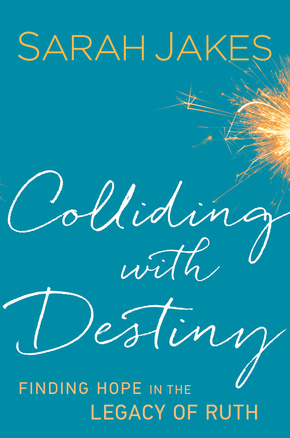Back Story . . . The definition is exactly as the name suggests: it's the story that happens back in time. The part of the story that happens before page one.
It's one of those necessary evils involved in the writing of a book. Readers often look to back story for necessary information about the characters and setting. For example, a character might act in a particular way that is surprising . . . until you read the back story, and then it is understandable. In the book I recently finished writing, the hero has an obvious aversion to the heroine when they first meet; this is because she triggers memories from his past that he's never learned to deal with. That information is given to the reader in the form of back story.
But current literary trends nearly require back story to be delivered in a certain way. That is because, while back story is important to storytelling, it also has the potential to bog the story down, making the book cumbersome and boring. Sure, some books work under different formats, but generally speaking, there are some dos and don'ts as far as how to write the back story for your novel.
1. Don't tell the readers everything you dream up. When authors plot their novels, they often spend time writing out the entire history of characters and even possibly their settings. How many siblings do they have? Where were they born? What was their relationship like with their parents? What defining moments changed their lives? Though this information is necessary for you the author to understand your characters as you write, not all of that information is necessary to include in the story for the readers. If your heroine is a first-born, she'll probably exhibit some of those natural tendencies . . . but if her younger siblings are not essential to the story, there is no need for the reader to know the order in which she was born.
Do give readers necessary information. Once you've plotted out the characters' back stories, determine what information is necessary for the reader to know. If it furthers the plot, or defines a character's major quirk or flaw, then you might want to include it. But don't include information just because you dreamed it up. Unnecessary information takes readers down tangents that will draw attention away from your main plot.
2. Don't unload all the back story at once. This tendency will mark a writer as an amateur. Some writers in the field call this act "info dumping," which means exactly what it sounds like. In the opening chapter(s), paragraphs upon paragraphs, or pages upon pages, of historical information is like backing up a dump truck and releasing all its contents into a pile. It will bog down readers, and they won't know how to sort the information as it comes to them. Which piece is important first? Is all of this necessary, or are you telling me things I don't need to know? Not only does it confuse readers, but it also slows the pace. **In a similar light, flashbacks should be used scarcely and with caution. If they're too long, they'll bore the reader and pull them from "the current moment".
Do weave in snippets at a time among moments of action. As mentioned above, too much information at once can slow the pace of the story. This is an easy trap to fall into, and I myself am still working on it. Rather than paragraph after paragraph, the amount of information given at one time needs to be small and specific, interspersed between moments of action. Give the reader a tiny morsel--a sentence or two--woven among the plot elements so that it doesn't slow the pace. (A tiny pile of dirt is easier to maneuver than an entire dump-truck load, right?)
3. Don't give readers random selections of back story. Be strategic in what elements of the back story you give away. But more than that, you want to be proactive in the order in which you present the necessary backstory.
Do use back story to increase the tension and mystery of your story. Once you've whittled your wealth of back story down to the necessary snippets, ask yourself what order would give your story the most tension. As an obvious example, a mystery never reveals the criminal until the end--otherwise the tension would be gone. Likewise, you want to reveal your back story information in an order that will surprise the reader and keep them interested in learning more.
4. Don't wait too long to give vital information. It is good and effective to withhold important information from the reader for a time. As mentioned above, this will build the tension in the story. However, if you withhold the information for too long, the reader will grow frustrated.
Do be strategic and purposeful in "dropping breadcrumbs." It is a tough balancing. It may take a few drafts to get the breadcrumbs evenly dispersed. The important thing is to be aware of this element in your story. Don't withhold too long, but don't give all at once. Find the moments in your story where back story breadcrumbs will give your story the punch it needs.
No one gets all of these elements perfect in their first drafts, so don't get discouraged if you struggle with handling back story. Continue to work at it, re-reading your story and mapping your back story breadcrumbs until they're where they should be. You can do it! I have faith. Before long, you'll have your readers absolutely hooked!
How about you? Do you struggle with balancing back story?
What helpful hints would you share?



